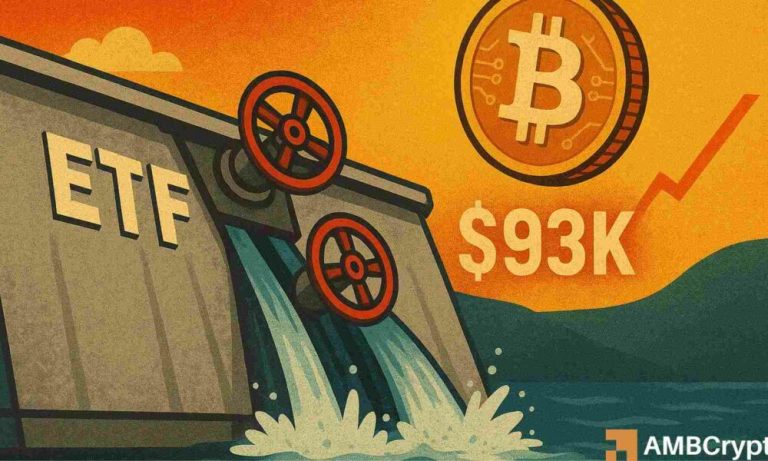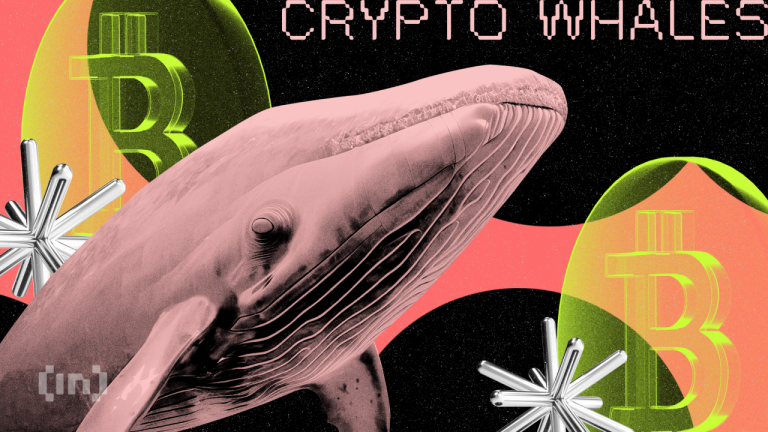
What is the $2,000 Tariff Dividend?
Former President Donald Trump’s proposal for a $2,000 tariff dividend has sparked excitement and debate across the economy and cryptocurrency markets. This plan aims to distribute funds collected from tariffs to most American citizens, excluding high-income earners, while utilizing the remaining revenue to reduce the national debt. Though still a concept awaiting approval from both the House and Senate, the potential implications for financial markets are significant.
How the Markets Reacted
The announcement caused immediate ripples in the crypto market. Bitcoin surged beyond $106,000, Ethereum surpassed the $3,500 mark, and Solana climbed past $160. These reactions reflect the market’s anticipation of fresh liquidity, reminiscent of the stimulus checks issued during the COVID-19 pandemic, which fueled one of the largest bull runs in cryptocurrency history.
Crypto Traders Eye Fresh Investment Opportunities
If approved, the $2,000 payout could inject over $600 billion into the economy. Crypto enthusiasts predict that even a small portion of this influx entering cryptocurrency markets could drive significant price hikes. Historically, household stimulus checks boosted Bitcoin’s value from about $5,000 to a peak of nearly $69,000 during the pandemic, delivering massive returns for early investors. Ethereum and several altcoins experienced similarly dramatic growth.
Given these numbers, financial advisors encourage individuals to take a balanced approach. While some urge Americans to use the funds wisely by paying off debt or building emergency savings, others advocate for calculated risk-taking through investments in high-growth assets like stocks or cryptocurrencies.
Experts Weigh In
Opinions remain divided within financial circles. Cryptocurrency advocate Anthony Pompliano predicts the dividend will bring another wave of optimism to digital asset markets, further asserting that tariffs are unlikely to fuel inflation. Bloomberg analyst Eric Balchunas also supports long-term investing, emphasizing that both Bitcoin and equities tend to achieve new all-time highs after temporary corrections.
However, critics, including Charlie Bilello, warn of the inflationary risks associated with distributing tariff revenue. They highlight the already considerable national deficit, suggesting such a measure might exacerbate fiscal challenges.
Planning for the Tariff Dividend
Whether through savings, debt repayment, or investments, financial planning will be key for beneficiaries of the $2,000 tariff dividend. To those considering cryptocurrency investments, it’s crucial to approach the volatile crypto market with caution. Beginners might consider stablecoins or established platforms like Bitcoin and Ethereum.
If you’re thinking about investing in cryptocurrencies, consider secure and reliable platforms such as Coinbase for buying, selling, and managing your assets.
Final Thoughts
The proposed $2,000 tariff dividend could represent an immense opportunity for economic growth, particularly within the cryptocurrency market. While its potential benefits and risks generate intense debate, one thing is clear: if approved, Americans will have a variety of ways to leverage this windfall. Whether reinvesting in the vibrant crypto ecosystem or paying down debts, thoughtful financial choices will define the impact of this policy on individuals and the larger economy.



